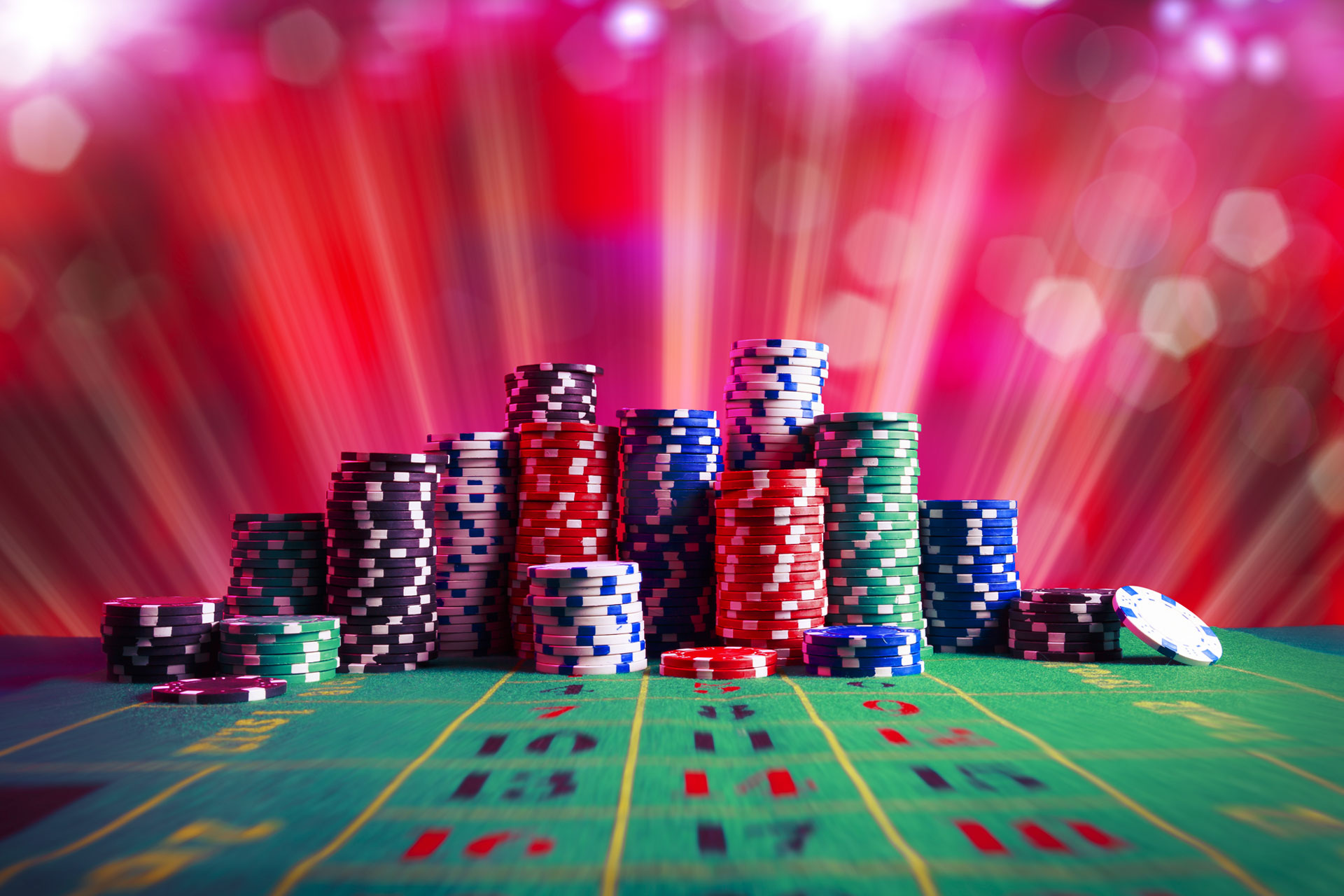
In a lively and exciting world of gaming establishments, where luck and strategy intertwine, hues and design play a pivotal role in drawing in players. As soon as players step into a casino or access a gaming website, they are immersed in a visual feast that captures their attention and lures them to discover further. Vivid colors, captivating graphics, and innovative layouts are meticulously crafted to create an atmosphere of thrill and expectation, ultimately improving the gaming encounter.
As gamblers navigate through the ever-changing landscape of casino games, they come across a range of designs that not only serve visual purposes but also affect feelings and choices. Hues like scarlet and gold symbolize riches and fortune, while calm blues and greens can create a more tranquil environment. Grasping how these elements function together enables casinos to create an inviting and energizing atmosphere that encourages players to engage with the games, invest more time at the tables, and boost their general enjoyment.
The Psychology of Hue in Gambling Games
Tint plays a crucial role in the development of gambling games, influencing players’ emotional states and actions. Lively and striking shades, such as scarlet and yellow, are often used to incite excitement and capture notice. These colors create a feeling pressure and dynamism, encouraging participants to engage more enthusiastically with the experience. By strategically selecting hues, creators aim to elicit emotions of satisfaction and excitement, which can enhance the total game experience.
Various shades also have psychological connotations that can impact how gamblers perceive their possibilities of victory. https://bj88a.info/ For instance, emerald is commonly associated with good fortune and wealth, making it a frequent choice in activities like the roulette wheel and poker games. This connection can result players to feel more optimistic and self-assured in their gameplay, ultimately inspiring them to stake more. Bj88 Understanding these links allows game developers to craft environments that enhance player enjoyment and loyalty.
Furthermore, the design of casino game interfaces often employs blended colors and contrasting shades to direct player actions. For example, winning results may be highlighted with vivid, opposing shades, creating a visual incentive. This method supports favorable outcomes and promotes repeated participation. By utilizing the psychology of color, gaming venues can develop activities that not only captivate gamblers but also hold them interested and committed in their play experience.
Creative Elements that Engage Gamers
The aesthetic appeal of casino games is primarily influenced by the implementation of vibrant colors. Bright and contrasting colors are deliberately chosen to create an appealing atmosphere that captures interest. For example, reds and golden hues often signify luck and wealth, which is why they are common in the palettes of slot machines and game surfaces. These colors not only draw players in, but they also stir emotions associated with thrill and expectation, enhancing the total gaming experience.
In addition to color, the aesthetic and layout of gambling games play a crucial role in player attraction. Games are designed to be intuitive, ensuring that players can quickly understand the guidelines and mechanics. Accessible interfaces, along with captivating graphics and animations, help maintain player interest and encourage extended play sessions. The tactile elements, such as the feel of the controls and the sounds of the games, also add to a comprehensive sensory experience that keeps players immersed.
Finally, conceptual elements in game design can significantly influence player choice. Many casino games are inspired by popular culture, myths, or adventure themes, featuring symbols and characters that connect with players. These themes create a sense of engagement and connection, making each game feel unique. When players feel a connection to the theme, they are more likely to choose that game over others, leading to increased participation and excitement within the casino environment.
Case Studies: Notable Gambling Table Game Designs
One noteworthy example of effective gambling game design is the well-known slot machine series themed around blockbuster movies. Games such as those based on the Wizard of Oz and Game of thrones utilize dynamic colors and high-quality graphics to engage players in familiar narratives. The employment of dynamic visuals and entertaining sound effects takes the focus of players, establishing an psychological connection to the theme. This approach merely promotes longer play but also boosts the overall gaming experience, leading to increased player retention.
Another effective case is the use of the psychology of color in table games like blackjack and roulette. Casinos often design these games with deep reds and greens, colors traditionally linked with luck and wealth. For instance, the green felt on a 21 table provides a calming effect, while the crimson accents in the wheel invite thrill. This deliberate use of color helps to create an inviting atmosphere that motivates players to join in, satisfying their psychological impulses and boosting their enjoyment.
Finally, social casino games that include community features and bright, colorful designs have experienced remarkable success in engaging players. Games like Zynga’s Poker and Slot-O-Mania leverage striking colors and playful animations to create an inviting online environment. The integration of leaderboards, social sharing options, and in-app rewards fosters competition and community, drawing players in for longer sessions. Such designs not just make the games visually attractive but also underscore social interaction, a crucial factor in player retention and engagement within online casino environments.
